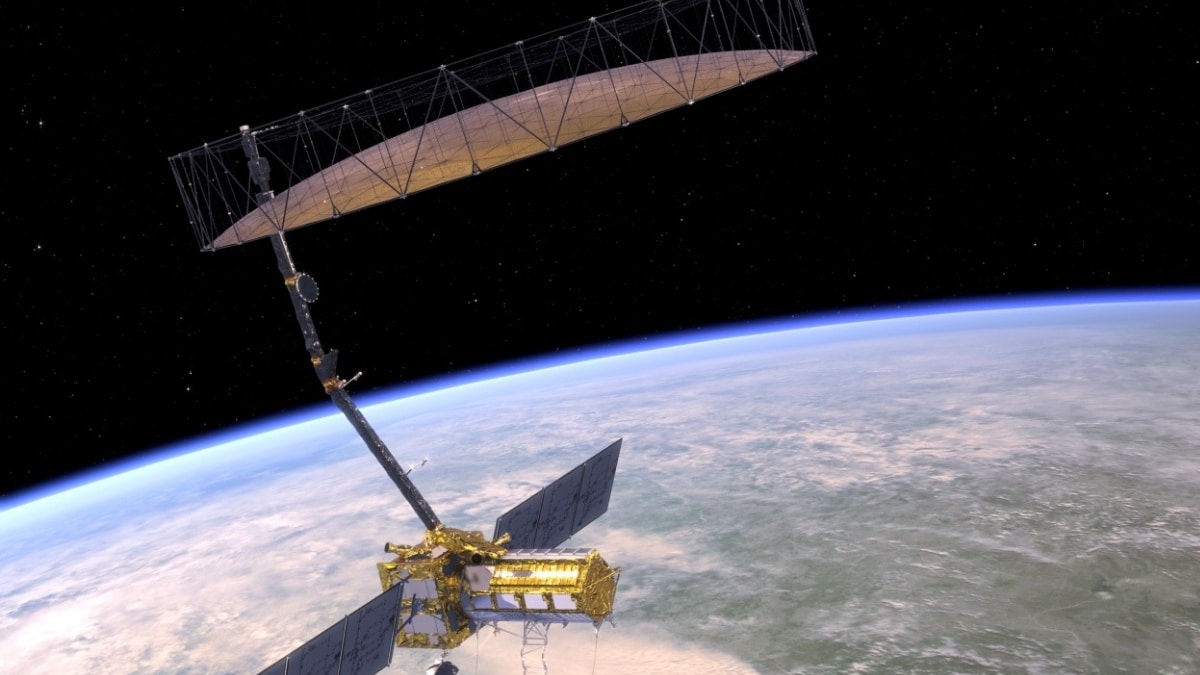 Image Credits - The Maritime Executive
Image Credits - The Maritime Executive
The highly anticipated launch of the NASA-ISRO Synthetic Aperture Radar (NISAR) mission has been postponed to 2025, a delay that could impact crucial scientific research and environmental monitoring. Originally scheduled for late 2024, the delay is attributed to technical challenges and supply chain issues that have hindered the spacecraft’s final preparations.
NISAR, a collaborative project between NASA and the Indian Space Research Organisation (ISRO), aims to revolutionize Earth observation with its advanced radar technology. Designed to measure and monitor Earth’s surface changes with unprecedented precision, NISAR will provide valuable data on phenomena such as seismic activity, land subsidence, and ice sheet dynamics. This mission is particularly significant for understanding climate change and natural disaster impacts.
The postponement has been attributed to difficulties in integrating the spacecraft’s complex systems and ensuring the reliability of its advanced radar instruments. Both NASA and ISRO are working diligently to address these issues, emphasizing the importance of ensuring the mission’s readiness before launch. The delay, while disappointing, reflects the complexities inherent in managing cutting-edge space missions and underscores the commitment to delivering a fully functional and reliable spacecraft.
The new launch window in 2025 will allow for comprehensive testing and validation, ensuring that NISAR can achieve its ambitious scientific objectives. Despite the setback, the mission’s objectives remain unchanged, promising significant advancements in Earth observation and contributing to global efforts in climate monitoring and disaster management.
NISAR represents a significant collaboration between NASA and ISRO, highlighting international efforts to address global challenges through space technology. The mission’s advanced radar system will enable detailed monitoring of the Earth’s surface, providing critical insights for scientists and policymakers. The delay, while a setback, is expected to enhance the mission’s overall performance and reliability. As work continues towards the new launch date, the scientific community eagerly anticipates the wealth of data NISAR will provide once it reaches orbit.
